

Discover more from Garbage Day
TikTok teens aren't stanning Osama bin Laden
Read to the end for the official banger of Thanksgiving
By now you have, no doubt, heard all about the dangerous new TikTok trend sweeping the nation. China’s great and powerful cyber weapon has convinced the innocent teenagers of America that Osama bin Laden was actually a pretty cool guy and now they’re all sharing his 2002 “Letter To America”. Well, first, just to get it out of the way, Osama bin Laden was actually bad. Also, a nepo baby.
After spending most of yesterday digging into this, I’m pretty convinced that this was never a real thing on TikTok. Even though it has since snowballed into a full on moral panic that is beginning to feel dangerously unstable. The Biden administration released a statement about the supposed trend and alarmed big-name creators and actors also reportedly met with TikTok this week to discuss the rise of antisemitism on the app.
So I’m punting this week’s paid-only weekend edition and, instead, going to go step-by-step through how this happened, or didn’t, and hopefully set the record straight. If you want to get the normal weekend issues of Garbage Day, hit the green button below. They’ll be back next week.
TikTok deleted most of the content related to Bin Laden and his “Letter To America,” making any kind of digital forensics difficult. But according to most news articles I’ve seen and a couple X users that downloaded her videos, the influencer Lynette Adkins is as close as we’ll get to a patient zero here. That said, there has been a lot of Bin Laden interest — and revisionism — on TikTok for the last month. It’s an extremely global app and a large chunk of its most-active users were born after 9/11. So I don’t think it’s that surprising. As we all discovered in 2016, a whole bunch of young millennials spent their early 20s talking about Hitler on Reddit.
Adkins’ video and TikTok account are down, but one of the videos she made about the letter is here. And at least one of Adkins’ videos had a couple million views. She’s a lifestyle influencer and, based on just the titles of her YouTube videos, it seems like she’s in the midst of the infamous “Isolate Yourself With An Impulse Move To LA And Then Mentally Unravel” content pivot. I wish her the best.
Per Know Your Meme, from there the letter was shared by TikTok users like @cannablissful, another lifestyle influencer that focuses on mental health and, as her username implies, weed. Her video is down now, as well, but when I screenshot it yesterday, it had around two million views. And I wouldn’t even say it was pro-Bin Laden. Though, it wasn’t, you know, anti-Bin Laden either. Another user that was absolutely definitely sharing the letter as being good, however, was @fairykingb, who makes videos with a leftist bent about health and wellness sorta-kinda. And his video, as of yesterday, before it was pulled down, had around 500,000 views.
The point is that the initial wave of interest around the letter, as far as I can tell, was happening among lifestyle and wellness influencers — and not particularly popular ones. Even after a wave of news stories about her, Adkins still has less than 40,000 followers on Instagram. While @cannablissful has around 11,000 followers and @fairykingb has 6,000.
Getting a sense of how big this conversation was is hard, though, because TikTok is being incredibly aggressive about deleting any content it thinks may be about the letter, including news outlets covering it. But yesterday, I pulled up the TikTok domain and the search term “letter to America” on Google and I set a custom date range of 11/1/2023-11/15/2023 and took a spin through about 30 pages of results. It’s by no means a complete picture of what was happening on the app before the crackdown, but Google had cached some of the deleted videos and it painted a picture that was in line with what I had seen screenshot elsewhere.
The accounts sharing the letter were small and the videos they were making were not getting a lot of activity compared to the rest of TikTok. I’d also estimate about 25% were bots or outraged duets, TikTok’s equivalent of a quote tweet. Similarly, here are a few screenshots of some of the videos. The view counts aren’t shown, but the most-shared one has around 3,000 shares.
My friend Luke Bailey suggested comparing Bin Laden’s popularity to something else going viral this week, like Travis Kelce. And, well, as of the night of November 14th, according to worldwide Google Trends, one Bin Laden was worth about 11% of one Travis Kelce in the attention economy. And, only looking at USA Google Trends, Bin Laden was even less popular, amounting to around 7% of a Travis Kelce. There was some slight growth in searches for “Letter to America” as of the night of November 14th, but still, it was much less popular than Travis Kelce.
According to The Washington Post, there were around 275 TikTok videos using the #lettertoamerica hashtag, which was viewed about two million times. Based on what I saw on Google, the hashtag actually accounted for a pretty small minority of videos — most of the big videos were doing a “iykyk” sort of subtweet about it. But it’s still a useful benchmark. For context, the most popular hashtag on TikTok over the last seven days was #tiktokshopblackfriday, which has 380 million combined views.
Which brings us to the question of what a “view” actually means on TikTok. And getting a handle on that will be important for where this story goes next. “It's extremely bizarre to see reporters claiming that dozens of videos and millions of views on TikTok constitutes a trend,” Slate’s Scott Nover wrote. “Just demonstrates a fundamental misunderstanding of the scale and reach of TikTok — let alone the internet.”
So, right now, the popular wisdom is that TikTok counts a single second as a single view. That said, a developer I work with named Morry Kolman has done some tests on this and it may be even less than a second. A view is very possibly just every unique open or autoplay of a video. Meanwhile, a view on YouTube is around 30 seconds and a view on Facebook is around three seconds. So if we were to take one of the most viral videos about Bin Laden’s letter, which had around two million views, and applied Facebook’s view metric, it would have around 660,000 views. And if it was a YouTube video, it would have around 65,000. Now, let’s ask ourselves. Would you, in 2023, give a shit if someone was saying something unhinged and offensive in a YouTube video with 65,000 views? If so, good news, I can send you millions of videos that match that exact description! Just go search “The Marvels” and have a blast.
This inability to understand the scale of TikTok is, almost certainly, why, on November 15th, shit hit the fan. According to 404 Media, Guardian editors woke up, saw that their archive of Bin Laden’s letter was getting traffic from “social media,” and decided to delete it. A Guardian spokesperson said, “The transcript published on our website 20 years ago has been widely shared today on social media without its original context.”
This clearly had a Streisand effect on the letter and you can see that in the Google Trends data. Throughout the day, interest on Google grew as users discovered the letter had been taken down. But what really lit up the internet landed the evening of November 15th and, as is almost always the case with TikTok virality, wasn’t a TikTok video at all. Just someone with a blue checkmark tweeting about it.
Huff Post contributor Yashar Ali posted a five-minute supercut on X that he appears to have made himself of TikTok users talking about Bin Laden’s letter. Adkins and @fairykingb are two of the users included in it. “Over the past 24 hours, thousands of TikToks (at least) have been posted where people share how they just read Bin Laden’s infamous ‘Letter to America,’ in which he explained why he attacked the United States,” Ali wrote.
I spent all day yesterday looking for the “thousands” of videos. Of course, TikTok was already in the process of scrubbing them, but according to screenshots and cached Google data, I’m comfortable saying there were likely around 300-500 unique videos about the letter and, once again, around 25% of what I personally saw were bots or automated accounts or duets. And the largest comment section I’ve seen underneath one of these videos had around 5,000 comments. Now, let’s do this again. Would you, in 2023, give a shit if there were around 5,000 people being offensive on the internet? Well, if you would, I, once again, have some good news for you. Type “X.com” into your URL bar and make sure to follow the site’s CEO, he has a lot of interesting ideas about race and gender.
What is clear to me is that Ali’s video is the most viral piece of content about this whole controversy. And it’s also, as far as I can see, the biggest driver of attention about the letter. This is something The Washington Post and TikTok’s policy team have both corroborated. TikTok released a pretty strongly-worded statement about this, writing, “The number of videos on TikTok is small and reports of it trending on our platform are inaccurate. This is not unique to TikTok and has appeared across multiple platforms and the media.” And in another statement from a TikTok spokesperson they were even more explicit, writing that the #lettertoamerica hashtag jumped from around two million to 13 million views after Ali’s supercut was posted on X.
Also, just to really hammer this home, I was contacted by a moderator for TikTok last night who requested they remain anonymous. They work for ByteDance’s English-language market in Europe. They told me two things: One, in the five days before Ali’s video, they hadn’t seen anything come through about Bin Laden. And, two, accounts with over 11,000 followers are flagged with a “high influence” note internally and watched more closely. Which may explain why TikTok wasn’t noticing this right away — because it was mainly being shared by randos.
After Ali blew it up, journalists pounced. As The Atlantic Council’s Emerson T. Brooking put it, the “trend” became real and, worse for the rest of us, became a “D.C. story.” TikTok is a political lightning rod and this story was perfect for Democrats who want to explain away the very real generational divide happening on the left around support for Israel. And it’s also perfect for Republicans who are frightened that TikTok’s algorithm can turn red-blooded American men into Xi Jinping-worshipping catboys, or whatever.
And so the story has morphed from what should have been a weird curiosity — and perhaps even a moment to reflect on America’s post-9/11 legacy — into a full-blown national scandal with dumb-dumb headlines getting written about it, like CNN’s “Some young Americans on TikTok say they sympathize with Osama bin Laden”. I mean, I haven’t even had time in this piece to point out that a lot of the people I saw sharing the letter were millennials! But, yeah, teens fucking love Bin Laden. They’re saying 9/11 just hits different now no cap fr. Gen Z wants Baby Gronk to lead Al-Qaeda in a victorious jihad against the western imperialist hegemony gyatt!!
All of this insanity is also obscuring some very important questions about why the letter was being shared in the first place. For instance, was this an op of some kind? Why are so many of the videos in the supercut almost word-for-word identical? My hunch is it probably wasn’t and that this is actually just an example of how loosy-goosy TikTok’s wellness community is, but it’s worth asking.
And, really, this is yet another example of how everything we see about TikTok is just being filtered through a media and political apparatus that doesn’t know how it works and has no issue cherry-picking random nonsense out of the app to fit whatever agenda they subscribe to. As New York Mag’s John Herrman wrote, “[The Bin Laden letter] became popular much in the way that posts from accounts like @LibsofTikTok do, by giving users license, via a video ripped from elsewhere, to drop their inhibitions and rage out a little bit.” Which is the real takeaway here.
Baseless generational in-fighting, aging millennials who refuse to accept the new status quo of the internet, easily monetizable rage bait, lazy TikTok trend reporting, and bad faith political actors swirled together to create a perfect storm this week. We have invented a version of TikTok that simply does not exist and now many people in power are ready to tear apart the foundation of internet to prove it does. And what’s worse here is that there are very real issues with how TikTok works. It is a major source of misinfo and disinfo. It still has a terrible bullying problem. And, ironically enough, it’s also one of the most oppressively censorious social platforms that has ever existed. To the point users had to create a puritanical version of leet speak to communicate on it. But we can’t even begin to address those issues unless we start to look clear-eyed at what is actually happening on the app. And it is most certainly not the digital hub of a large-scale Gen Z Bin Laden fandom. Be fucking serious.
The internet is an extremely chaotic living ecosystem and it’s constantly reacting to itself and all you accomplish by amplifying something like this is give more ammo to those who want to who want to take that away. You turn bizarre discourse into something bigger than it was ever meant to be. You pointlessly villainize normal people who aren’t public figures and don’t deserve this kind of scrutiny. And you help conservative political movements continue their culture war. You also just look like a clueless boomer to anyone even slightly younger than you.
Anyways, your regularly scheduled garbage will be back next week. If you want to check out what’s behind the paywall, hit the green button below. Have a good weekend, everyone! Maybe stay off TikTok for a little bit.
P.S. here’s the official banger of Thanksgiving.
***Any typos in this email are on purpose actually***




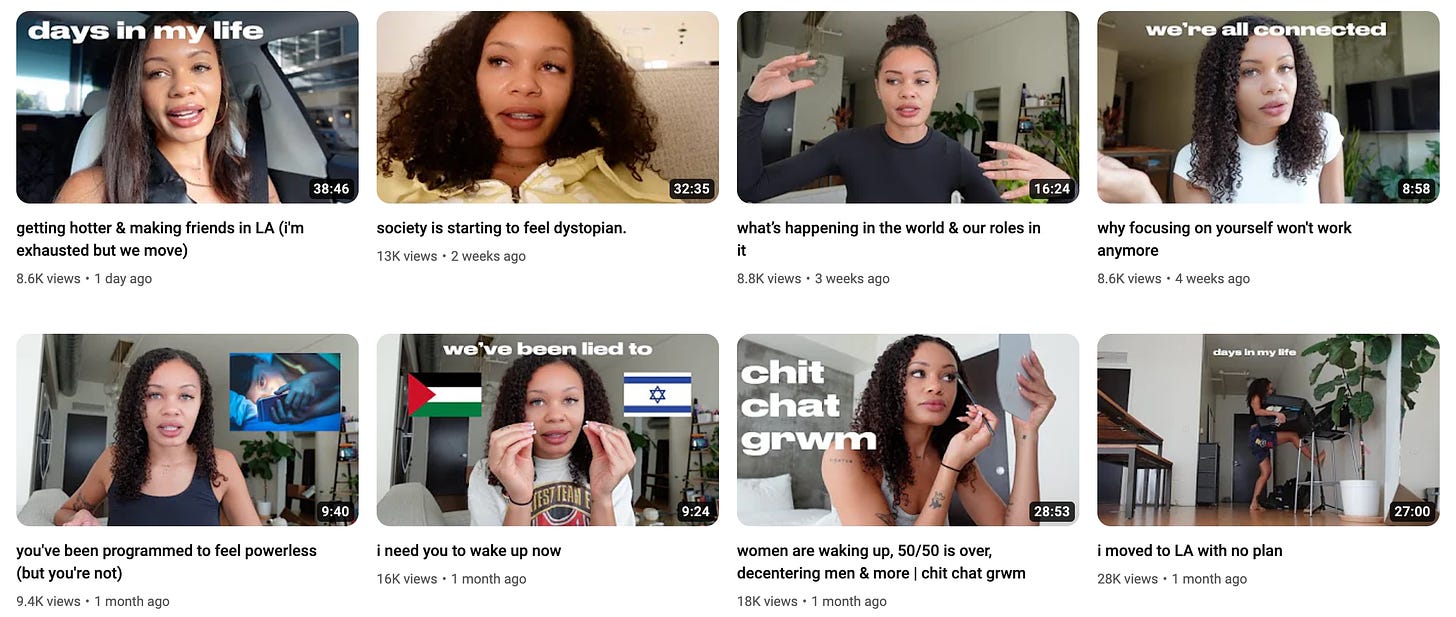
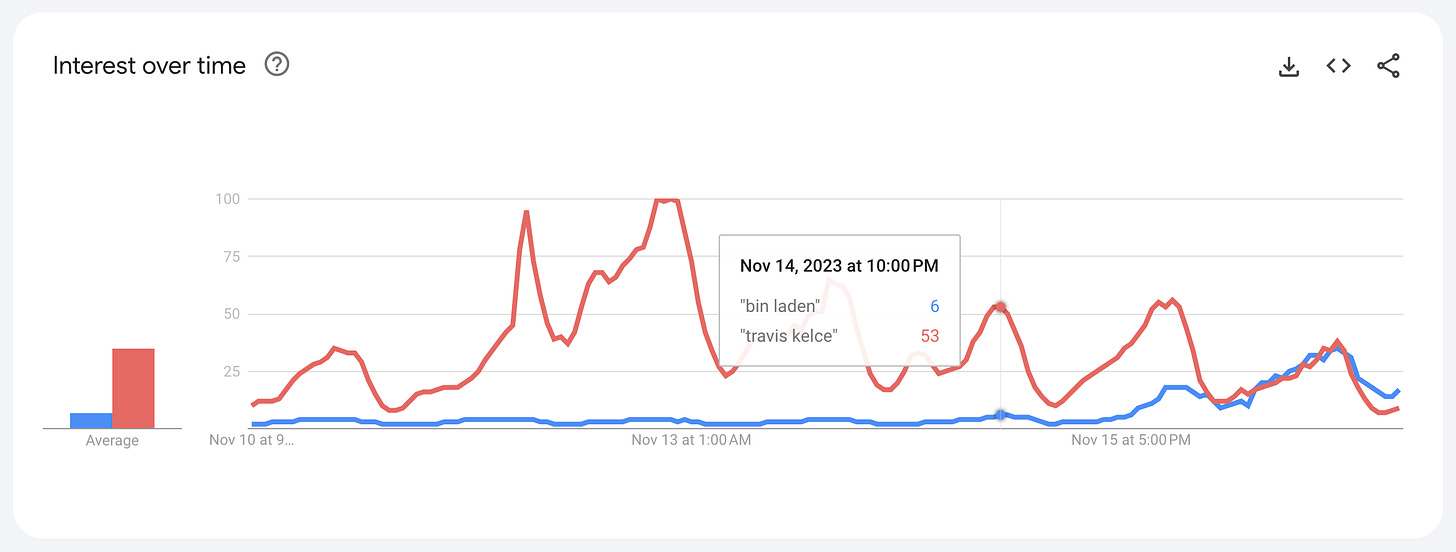
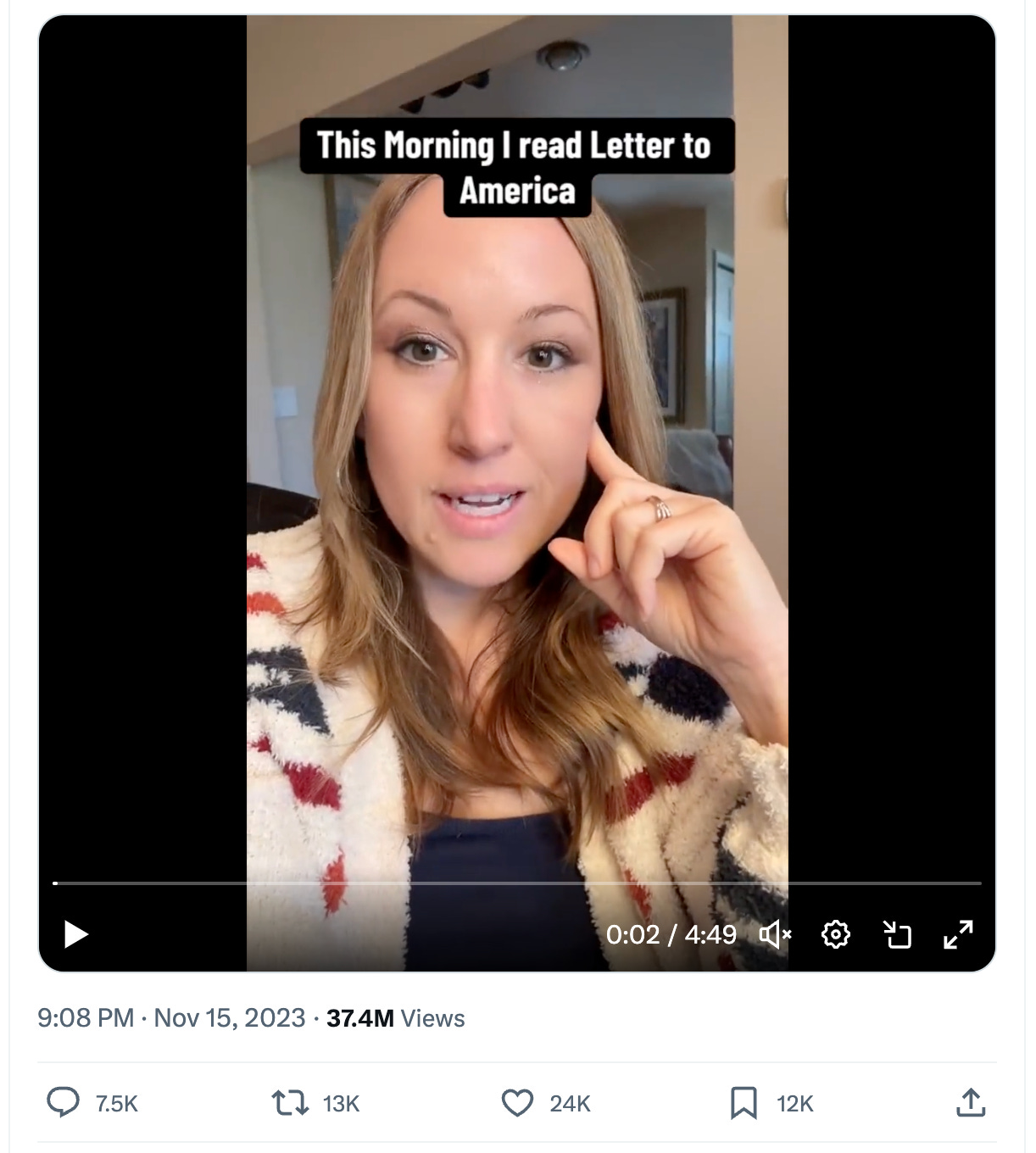
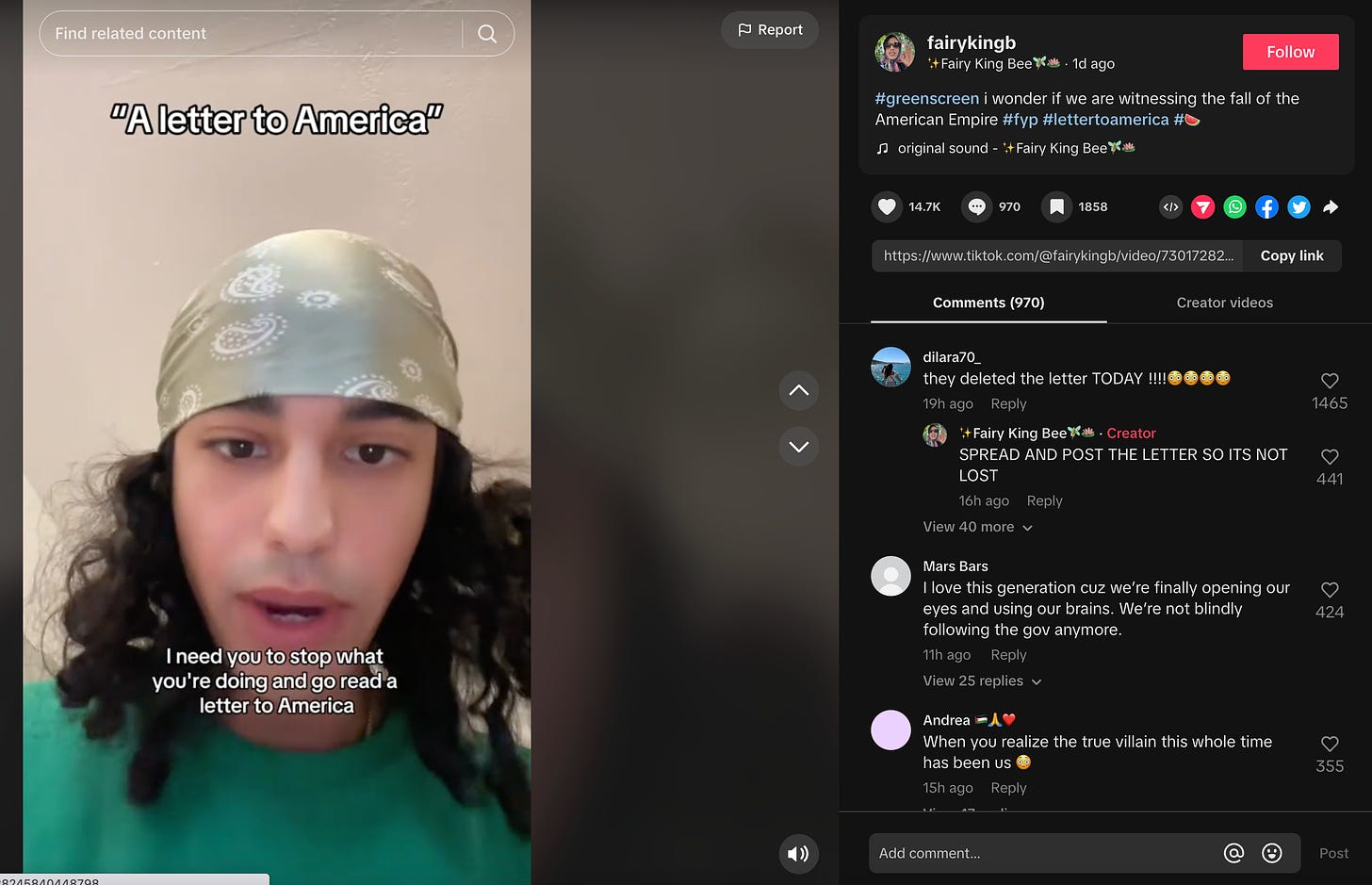








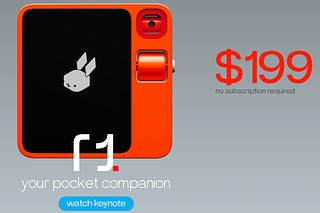


It feels like the reason these people had the reaction that they did to the Letter to America might be that it was their first encounter with anything genuinely critical of American imperialism.
It shouldn’t need to be said, but there are so, so many pieces of writing that critique American imperialism in a genuinely thoughtful and productive way, without being bigoted or written by a literal criminal terrorist.
Thank you Ryan!! You and the writers of the WaPo and Slate articles made me feel a lot less crazy this week. The second I saw the Yashar post about this, my hunch was that it was like a “kids-are-eating-Tide-Pods” moral panic.
I know CNN producers were frothing at the mouth when they saw Yashar’s tweet, it was, like you said, a perfect storm of rage-bait, generation war, tiktok hysteria etc. It was just so predictable seeing the non-story blow up into a “What Does This Say About Society” moment.
Thank you sooo much for looking into this and sifting through the noise.